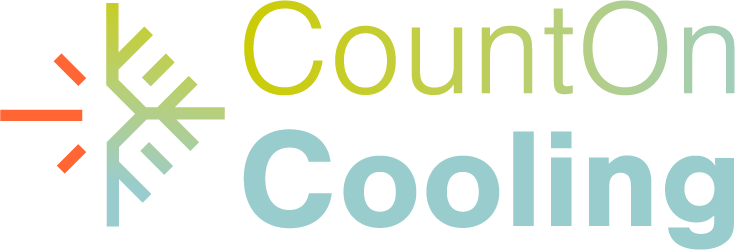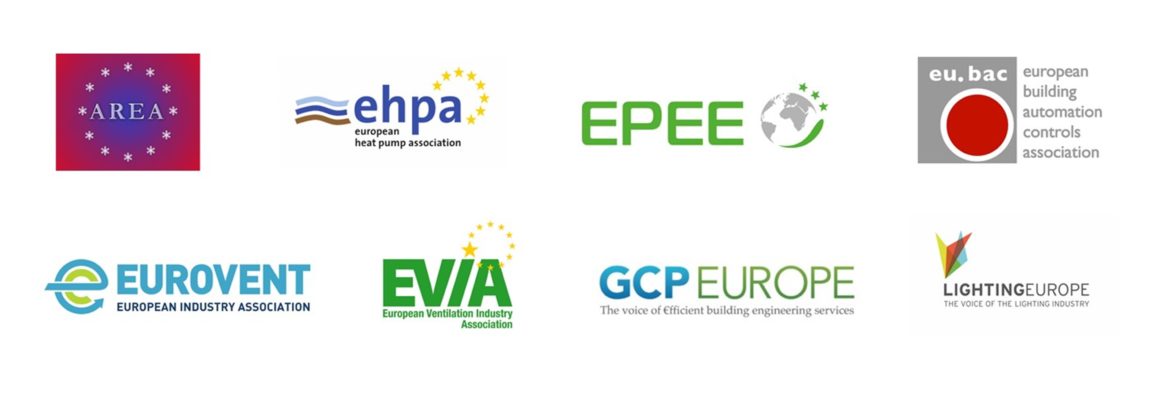Healthy Buildings for All: Putting people’s health and well-being at the center of the EU built environment
– Joint industry statement –
The World Health Organisation (WHO) estimates that people spend approximately 90% of their time indoors in residential and non-residential buildings and that 26 million European children are living in unhealthy homes¹. With the objective of safeguarding the wellbeing of EU citizens by delivering improvements in Indoor Environmental Quality (IEQ), the Informal IEQ Gathering of eight European industry associations is proud to present its Healthy Buildings for All Manifesto.
IEQ is a major determinant of the health and well-being of EU citizens, whilst also being a strong factor in enhancing economic productivity and reducing public health expenditure. The European Commission’s plan to launch a Renovation Wave Initiative in Q3 2020 designed to increase the renovation rate of the EU’s existing building stock from under 1% per year to 3%, is a golden opportunity to deliver improvements in IEQ, benefitting the health, comfort and productivity of EU citizens.
Healthy buildings must be a principle pillar of the Renovation Wave. Failing to provide for good IEQ now, via ensuring good air quality, a lighting design adapted to the needs of the occupants, sufficient access to daylight and views, and an adequate ventilation and cooling, is locking in poor IEQ for another generation of EU citizens. Promoting the best thermal comfort, indoor air quality, moisture, dust and pests, water quality, noise, as well as safety and security must also be considered in the context of this once in a generation opportunity to holistically improve the built environment.
In ensuring that the promise of the Renovation Wave, combined with the green recovery from the COVID-19 outbreak are fully harnessed, eight European industry associations strongly encourage policymakers to deliver on the recommendations outlined in the Healthy Buildings for All Manifesto, addressing essential factors for IEQ such as heating, cooling, ventilation, lighting, and their installation and maintenance. These recommendations focus on: mandatory minimum requirements for IEQ, requirements to ensure the deployment of IEQ smart technologies, the Smart Readiness Indicator (SRI), conditional access to public financing, requirements in Green Public Procurement, indicators in the EU Building Stock Observatory, requirements for inspections and monitoring, training and certification schemes for building professionals and enforcement of EU Member States’ Long-term Renovation Strategies (LTRSs).
The informal Indoor Environmental Quality (IEQ) Gathering brings together eight European industry associations, representing companies involved in technical building systems and their maintenance. Our objective is to collectively promote healthy buildings with an adequate level of indoor environmental quality.
- AREA – European Association of refrigeration, air-conditioning and heat pumps contractors
- EHPA – European Heat Pump Association
- EPEE – European Partnership for Energy and the Environment
- eu.bac – European Building Automation and Controls Association
- EUROVENT – European Association for Indoor Climate, Process Cooling, and Food Cold Chain Technologies
- EVIA – European Ventilation Industry Association
- GCP Europe – European association for building engineering services
- LightingEurope – voice of the lighting industry
¹WHO Regional Office for Europe, OECD (2015). Economic cost of the health impact of air pollution in Europe: Clean air, health and wealth. Copenhagen: WHO Regional Office for Europe

